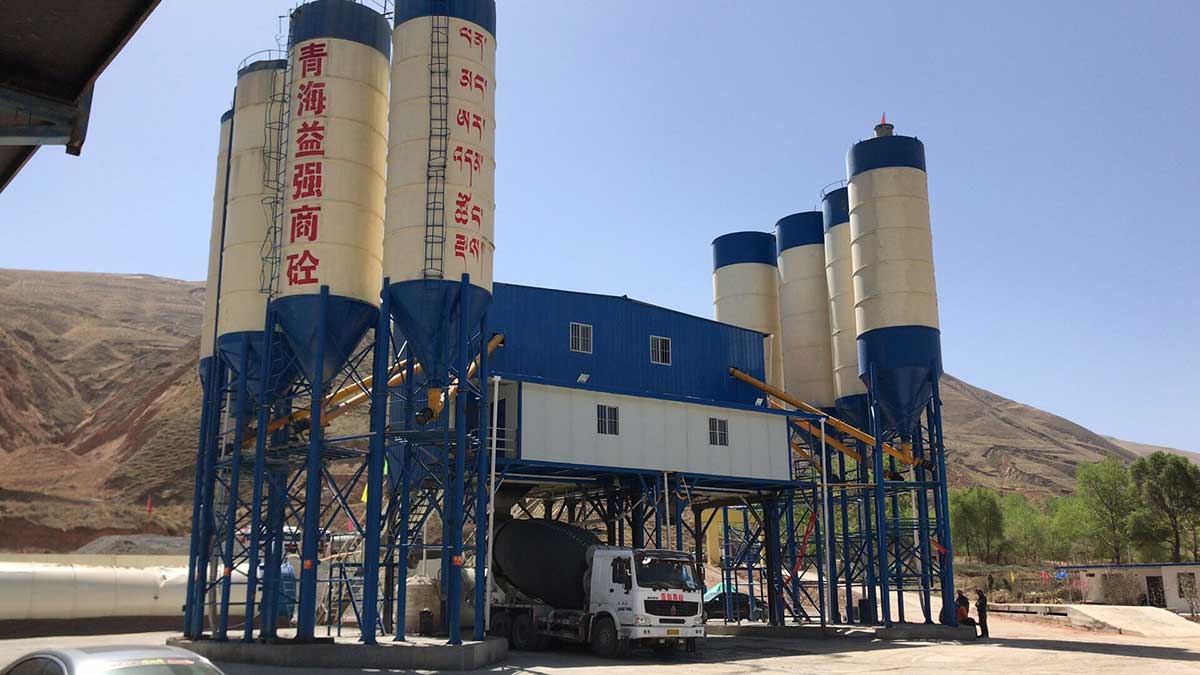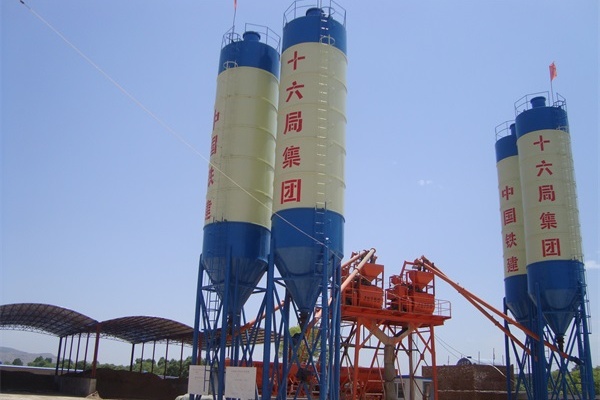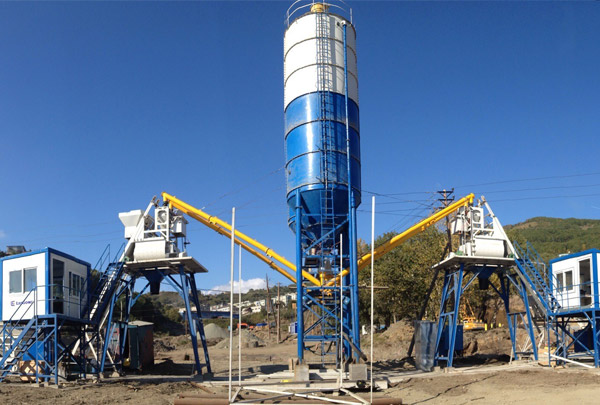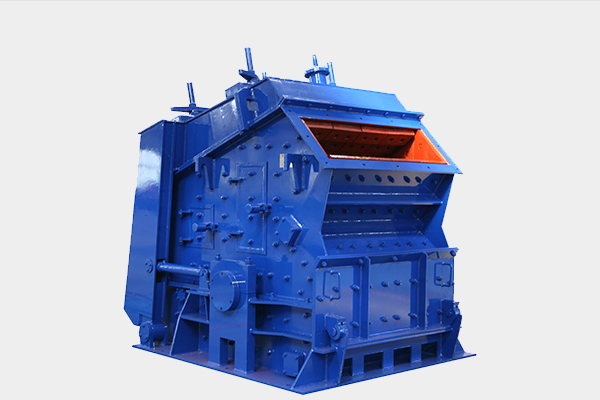How to Build a Concrete Batching Plant?
One complaint we’ve heard from concrete plant buyers is that there is no single source of information about how to go about setting up shop. From surveying your market to selecting a location, obtaining permits, and deciding on which kind of plant to buy, there are hundreds of decisions to be made. Fortunately, the major steps can be boiled down to the following list of seven items. Some business, some technical, and all very important to your success. Often it is considerably less expensive to purchase a new concrete plant over a used concrete plant. Used plants almost never have the idea combination of sizing and options that perfectly matches what the concrete batch plant buyer wants or really needs.

Define your Application
Is your market residential, commercial, highway, precast? For Commercial use, it will typically be served best by a stationary central mix concrete plant. For Project, on the other hand, the temporary concrete batching plant can meet the requirements of high quality, low initial investment cost. Your truck fleet will depend on your market definition. For example, 4m³ mixers may be needed for residential pours, whereas 8 –12 m³ trucks are standard for larger jobs.
Be certain your local market can absorb more concrete production capacity. In some areas, competition among large producers can lower the price per cubic meter to the point that it is difficult for a small producer to survive. This is particularly true when the larger producer has its own source for raw materials.
Select a Right Supplier
Lead times are long in the concrete plant manufacturing business. Frequently, business owners will work conscientiously to get their ducks in a row before ordering a concrete plant, only to find that lead time is longer than anticipated. Good rule of thumb: be ready to order one to three months before you expect delivery. How do you judge who’s qualified to get your business? First and foremost, the plant supplier should be a manufacturer, i mean not a trade company.
Decide on your concrete plant's location
For the area in which you plan to erect your plant, go to a real estate agent or township office and check zoning maps. Concrete production is usually zoned light industrial. Check water availability—city or well? Look at possible environmental issues—is there a stream adjacent to property that might be contaminated without a recycling system or concrete reclaimer in place?
The property you select will affect plant design, as you’ll buy equipment and aggregate storage systems to fit parcel size, height restrictions, and noise and environmental regulations. Will the plant have to be enclosed? Will dust control and water recycling systems need to be employed?
Configure your Concrete plant
Now that you have developed a picture of your intended market and you know where you want to erect your concrete plant, it’s time to get specific about the plant’s specifications and design. Is it to be a mobile plant, or a permanent one? Is it a rural, low-volume dry concrete batch plant? Hi profile or low-pro? Dry batch (also called transit mix) or wet batch (central mix)?
Installation and commissioning equipment
If all goes well and all the equipment of your plant has arrived at the installation site, now you need to set up an installation team. Usually, the manufacturer will arrange a engineers to provide installation instructions on site. The manufacturer will also provide a full set of technical drawings. What you need to do is provide installation equipment and workers, installation time depends on the size of the concrete plant.
Train your personnel in operation and maintenance
After you have invested significantly in equipment, it’s correct to assume a certain obligation on the part of the equipment vendor to train your staff in its safe and efficient operation, as well as maintenance and repair procedures. Look into what on-site training is provided to calculate the real value of any equipment deal.
Your Supplier can advise you what common repair parts should be kept on hand. A small but well-organized parts room will serve you well by minimizing downtime. For parts not on hand, most equipment Suppliers will jump through hoops to get you the right part when your plant is down.
Of course, the ideal is preventive maintenance, not breakdown maintenance. Call on the resources of your Supplier to help set up a lubrication and inspection routine, then train your staff to stick to it. Finally, cleanliness is an important part of preventive maintenance. Plan for regular cleaning and your plant employees will find it easier to monitor, inspect, and repair equipment.
Develop strong parts and service relationships
Concrete-producing equipment operates in a very harsh environment. When something quits working, will your dealer react quickly? Ask for a list of references and talk to previous customers. A big part of your plant’s viability depends on a good working relationship with dependable parts and service personnel.








